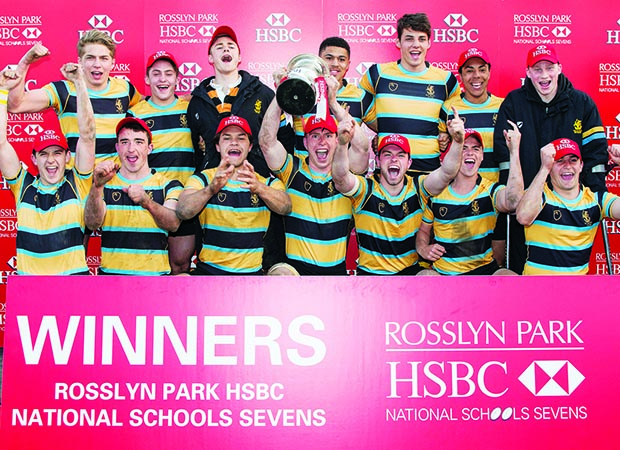
 Last Wednesday I attended the first of what I would assume are many planned fund raisers for the hoped for legacy from the World Cup. This particular dinner was on behalf of the ‘All Schools‘ programme which is designed to encourage a number of secondary schools that currently don’t play rugby, to take it up.
Last Wednesday I attended the first of what I would assume are many planned fund raisers for the hoped for legacy from the World Cup. This particular dinner was on behalf of the ‘All Schools‘ programme which is designed to encourage a number of secondary schools that currently don’t play rugby, to take it up.
The ambitious programme aims to enrol 750 schools by 2019 and happily it has already achieved the stated aim of signing up more than 400 schools by the start of this year’s World Cup. At a cost of around £10m to implement and with only an initial commitment of £2m from the RFU, there is still an awful lot to do on the fundraising side.
However, with newly elected president Jason Leonard determined to see this programme as not only a legacy of the World Cup but also his year in office, I am more than sure they will succeed.
As with any such plan there are some differing opinions as to how and if it will help create the long term gains we all are hoping for. The choice of schools has been based on a number of criteria, including what clubs need in specific target areas.
Those areas were selected on growth potential, World Cup game locations and social deprivation. The question is, ‘what do clubs need?’ Most areas with grass-root clubs already have a vibrant mini and youth set-up and could see growth in school participation as a drain on their recruitment.
The explosion in mini and youth sections in the club game took place in the mid-eighties when a number of schools stopped playing rugby; it therefore follows that if schools were to restart the game there could be a conflict.
I understand young players are no longer allowed to play two full games in a day and they are certainly not allowed to take part in senior teams, particularly in the front-row.
When I was captain of my school’s sixth form first XV, it was not unusual for me to play as many as four games in a week as I juggled education and club commitments.
At certain times of the season, I was expected to play schoolboy county games on a Wednesday afternoon then school matches on Saturday mornings. Then I got a lift from Morden in Surrey to St Albans to play for the club’s first team in the afternoon, finishing off with a senior county game on the Sunday.
I suppose it was a bit strange playing for two different county sides at the same time but as it was for Surrey schools and Hertford seniors, there was no conflict of interest – but I am more than sure that this situation would not be considered, let alone allowed, now. In terms of participation, the biggest drop-off in the number of young players is when they reach mid to late teens, so by signing up schools it could encourage them to continue playing up to the age of 18 and may help in aiding the numbers of adult players.
If, as we all hope, All Schools is successful, the most important bridge will be between the schools and the clubs, but I have to say history doesn’t bode well.
There are, according to World Rugby, already around 700,000 teenage males in the game in England, but that reduces to just over 120,000 adult males playing regularly.
All School will support state schools over a three-year period with kit, equipment, coaching, resources, funding and most importantly links to a club – but a club at what level?
The key to a successful legacy isn’t necessarily about how many schools we can get to play the game, although having knowledge of how the game is played could help increase the numbers that will be prepared to support the game as spectators.
If the links are formed with a Premiership club there is little or no chance of a playing chance for the young players when they leave school, as most Premiership clubs don’t run amateur sides that could accommodate the vast majority of players.
The most important thing will be the ability of clubs (almost certainly grass-root clubs) to provide teams in which the increasing numbers that take up the sport after a World Cup can play.
However, the amount of money needed to finance even an amateur club team is around £60,000 a year, roughly £66 per player per week. Even well run clubs will struggle to find that extra money needed to fund regular games for more than one or two extra teams.
So, for the sport to grow and maintain that growth there will be a need for a whole new approach as to how the game is funded at grass-roots level.
Unfortunately, there is the elephant in the room. All Schools is not solely confined to the playing of the traditional fifteen aside game.
It will also support schools that play the variants, such as touch, Sevens and tag and with the Olympics on the horizon, it could see the formations of new clubs that only play those variants.
If England were to fail but Team GB succeed next summer, it could potentially see vital funding diverted from the traditional fifteen aside clubs to a new ball game.

Women's International
Sadia Kabeya is ready to have fun as the Red Roses seek World Cup glory on home soil


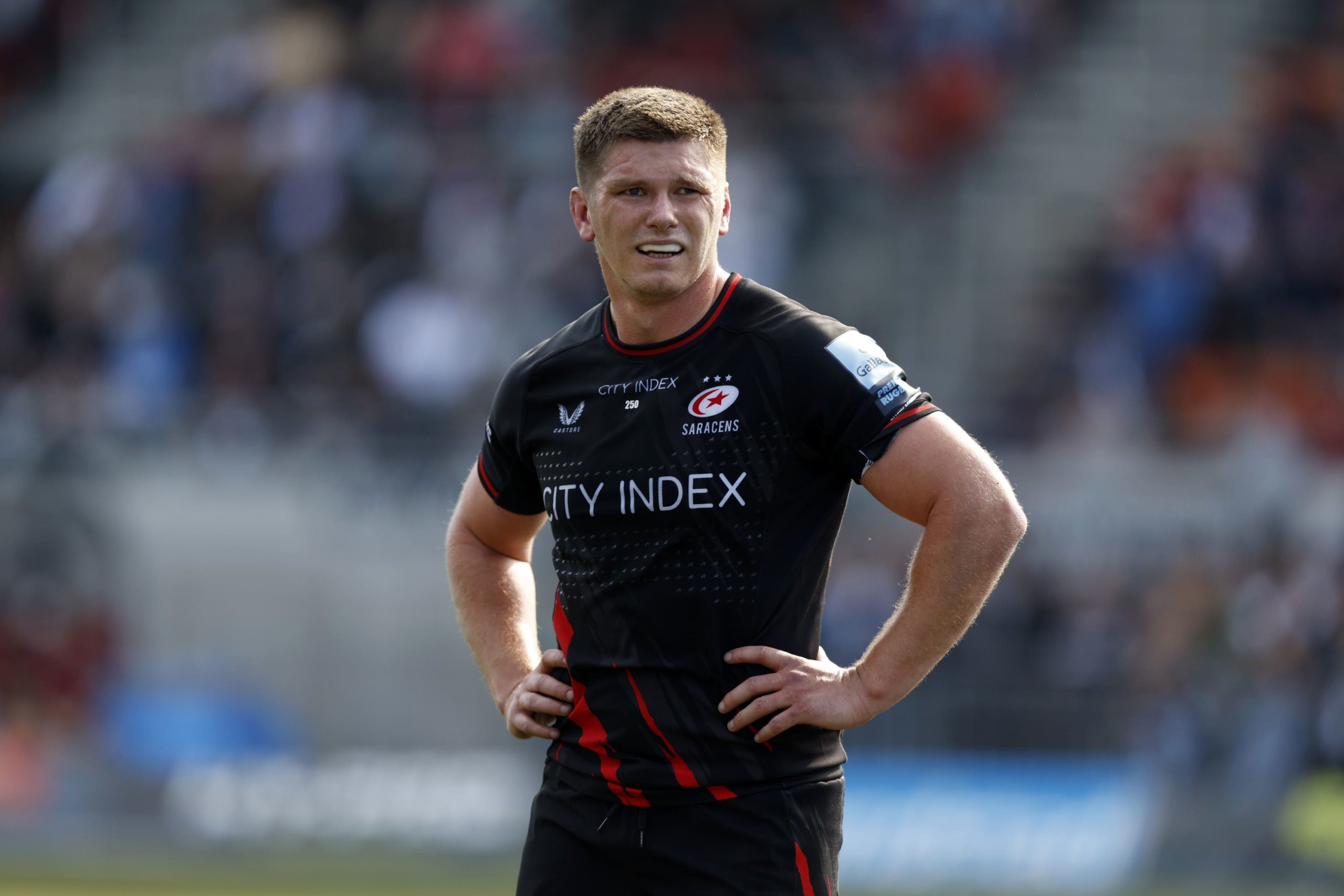


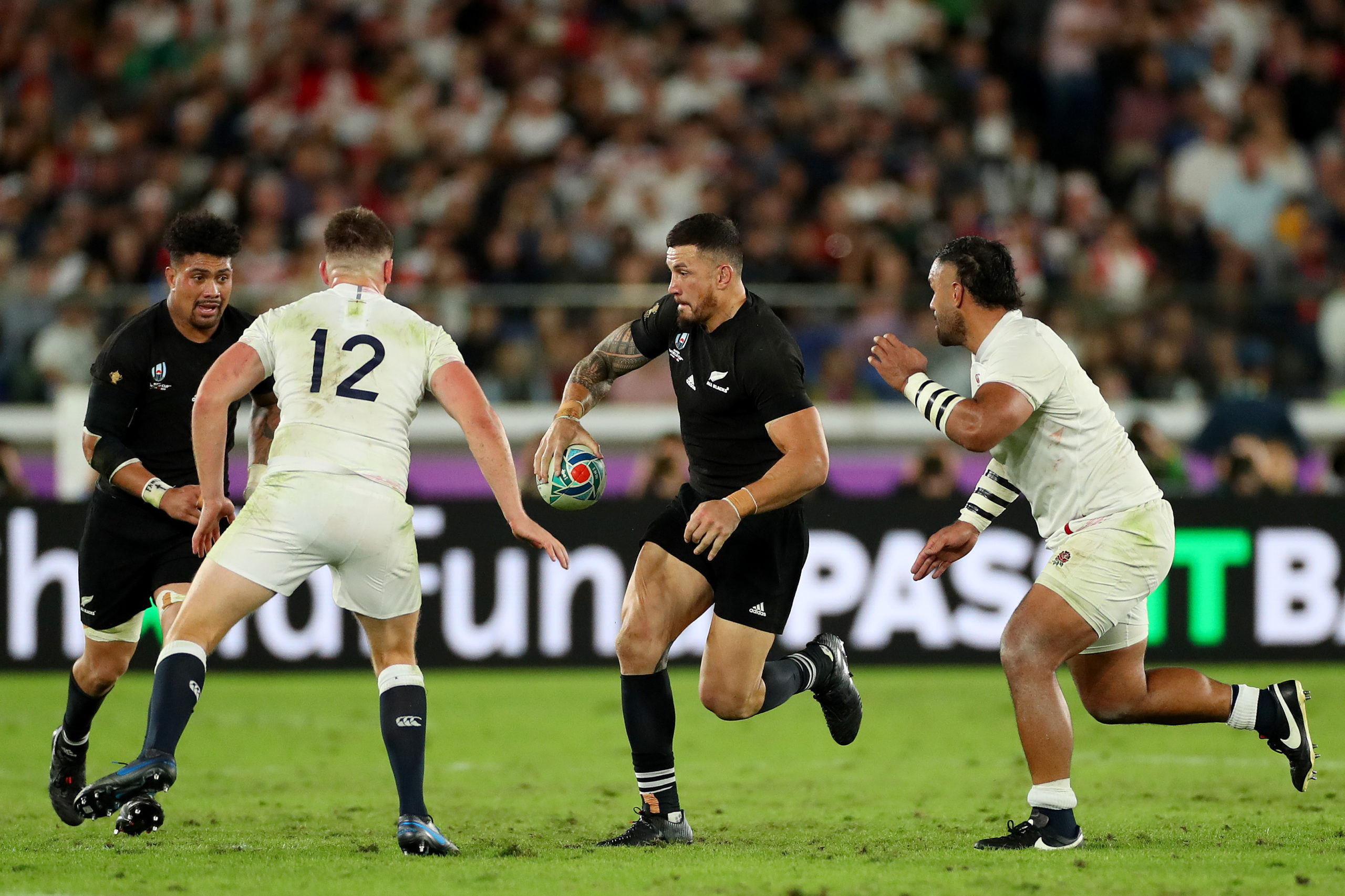


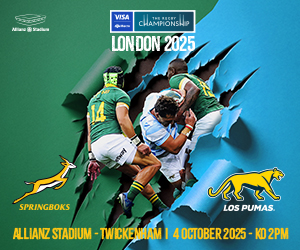













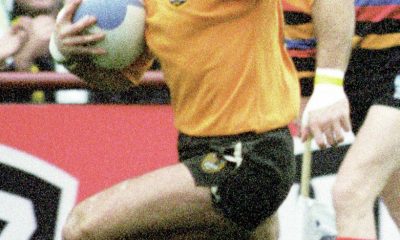





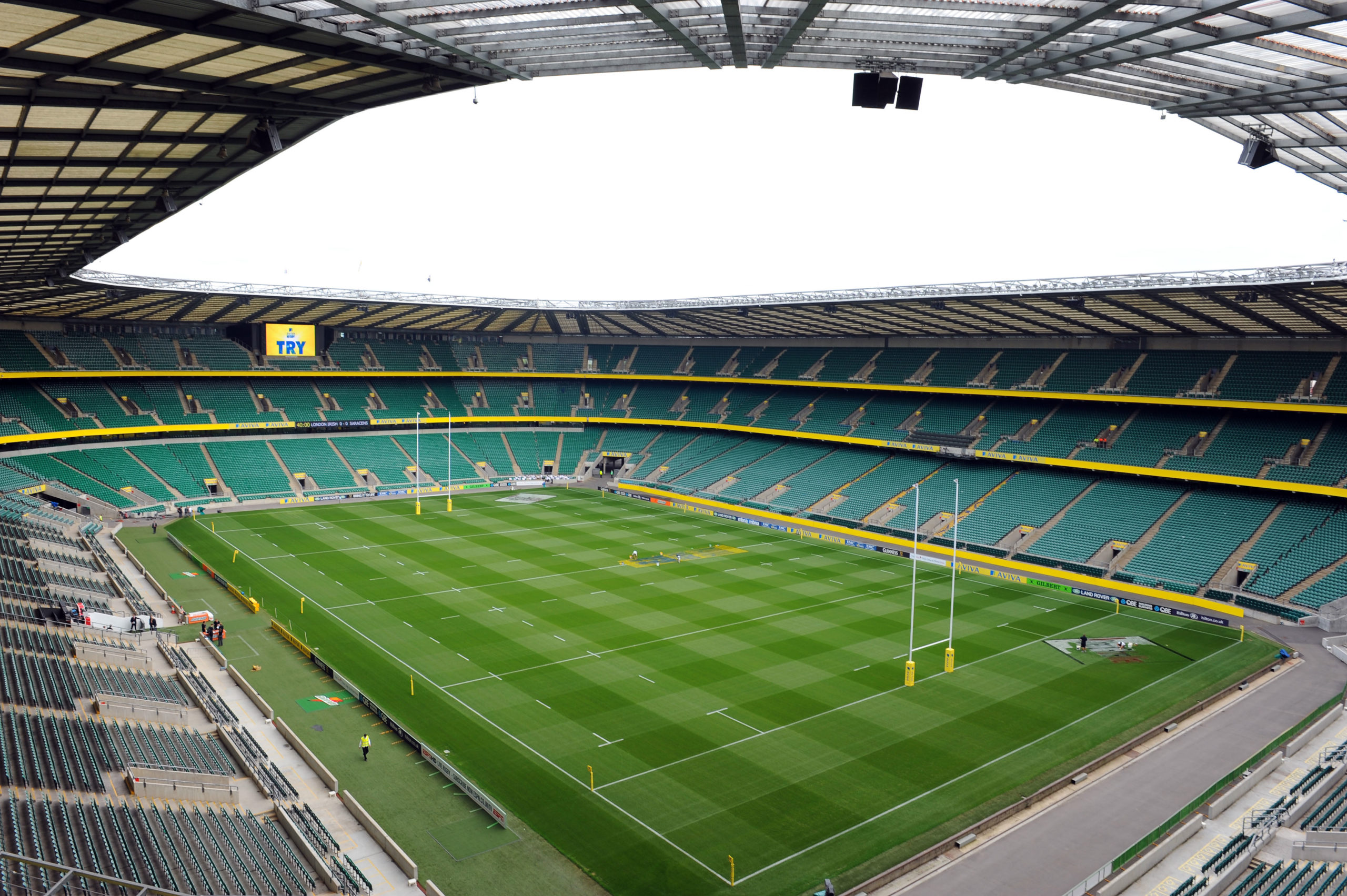

You must be logged in to post a comment Login